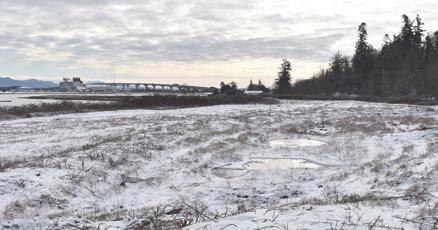Toxic Legacy Transformed: March Point Landfill Set for Major Environmental Cleanup

Transforming Padilla Bay: Shoreline Restoration Project Begins This Summer
Exciting environmental rehabilitation work is set to commence along the scenic shoreline of Padilla Bay, targeting a former landfill site. This summer, dedicated environmental experts will undertake a comprehensive restoration project aimed at revitalizing the coastal ecosystem and mitigating potential environmental impacts from the abandoned landfill.
The project represents a significant step towards ecological renewal, promising to restore the natural beauty and environmental integrity of this important coastal region. Local environmental agencies are collaborating to ensure the most effective and sustainable approach to site remediation, with plans to transform the former waste site into a healthier, more vibrant coastal landscape.
Residents and environmental enthusiasts can look forward to witnessing the positive changes as the restoration work progresses, marking a crucial milestone in environmental conservation and shoreline protection efforts.

